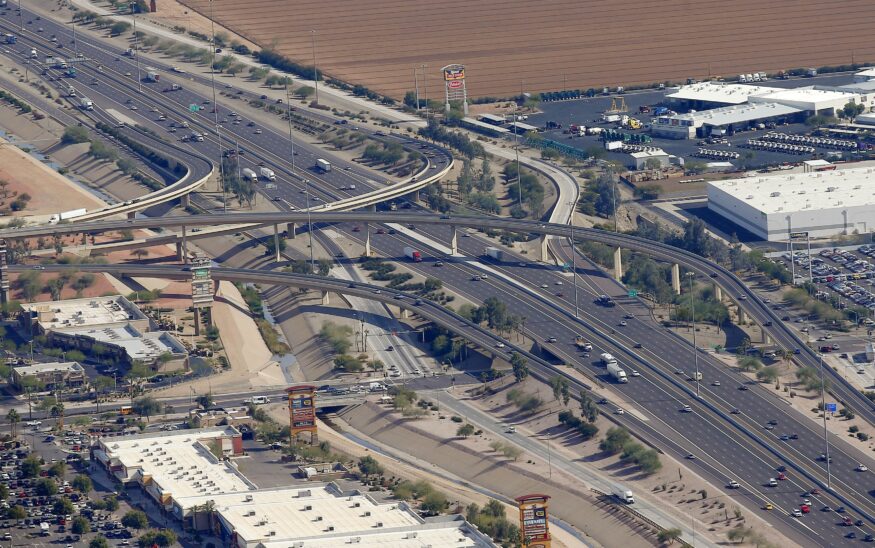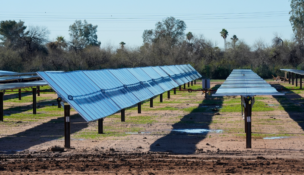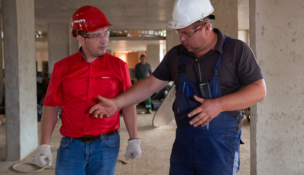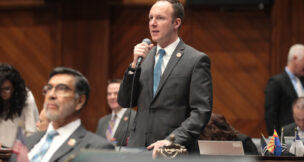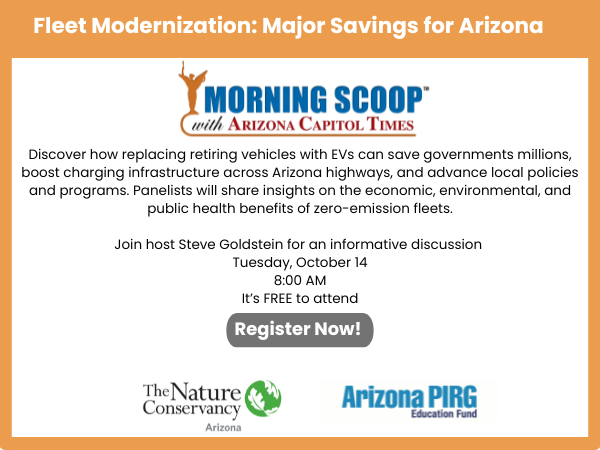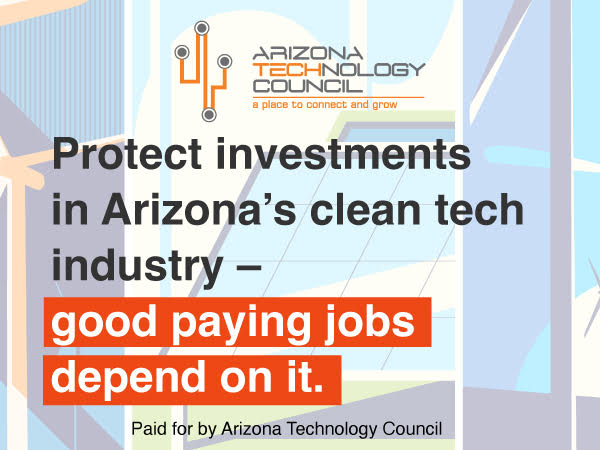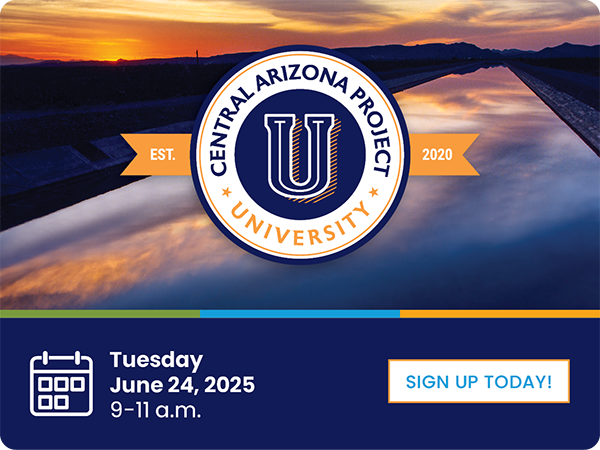Highway projects funded for fast-growing Maricopa and Buckeye
Jamar Younger Arizona Capitol Times//August 2, 2025//
Highway projects funded for fast-growing Maricopa and Buckeye
Jamar Younger Arizona Capitol Times//August 2, 2025//
Key Points:
-
The state budget allows for the expansion of major corridors in Maricopa and Buckeye
-
The two cities are among the fastest growing in the Phoenix area
-
An increase in traffic has led to congestion and safety issues
The cities of Buckeye and Maricopa are separated by about 70 miles but have faced strikingly similar issues in recent years.
Both cities have grown rapidly since the early 2000s, which has led to increased traffic and safety concerns on major corridors in those areas, and a need for transportation infrastructure improvements.
Those improvements are set to happen after the Legislature approved the state budget, which includes money allocated to projects along State Route 347, which runs through Maricopa, and Interstate 10 between Citrus Road and State Route 85 in the West Valley.
The budget includes $54 million to complete major projects along State Route 347 and $27 million to widen the portion of I-10 near Buckeye and other nearby cities.
The projects will also include funding from local government and other state highway funding sources, according to the Arizona Department of Transportation.
State Route 347 is a nearly 30-mile highway that stretches from Interstate 10 in Chandler to State Route 84 near Stanfield in Pinal County, serving Maricopa along with the Gila River and Ak-Chin Indian communities.
Maricopa has evolved from an agricultural community with less than 2,000 people to one of the fastest growing areas with a population of about 75,000. The city was incorporated in 2003.
The heavily traveled highway through the city is the only major corridor for residents who commute to the Phoenix area or Casa Grande for work.
State and local officials have estimated that at least 75% of the city’s residents use the highway to travel to work and have to contend with “pinch points” along the way that can lead to heavy rush hour congestion.
“The need has been great,” said Sen. T.J. Shope, R-Coolidge, whose legislative district includes Maricopa.
The budget allocations, along with money from other sources, will be used to widen the Pinal County portion of the highway between Maricopa and south of Riggs Road, construct an overpass and interchange at Riggs Road, and improve the intersections at Casa Blanca Road and Mammoth Way, according to the Department of Transportation.
The project will also include pavement preservation along the highway between I-10 and Maricopa. Construction on most of these projects is scheduled to begin in 2026.
“These people have been looking for a lifeline for that for many, many years,” Shope said. “And so for us to be able to be successful in that this year is a huge, huge win.”
Shope said he has supported expansion of the highway since he began serving in the Legislature in 2013, but took a more active role in advocating for the improvements since the city was added to his district in 2022.
City officials have also pushed for improvements to the highway while testifying at legislative committee hearings.
Maricopa Mayor Nancy Smith told the House Appropriations Committee in February the highway contained two of the 10 most dangerous intersections in the western United States, citing a study conducted by Sam Aguiar Injury Lawyers that analyzed data from the National Highway Traffic Safety Administration.
Smith was testifying in support of House Bill 2557, which would’ve also widened the highway.
The widening of the highway is necessary because the city is expected to continue its growth since it has some of the most affordable housing in the Phoenix area, said Katy Proctor, Maricopa intergovernmental affairs director, during the hearing.
Maricopa’s growth has mirrored its West Valley counterpart, which has also seen its population explode in recent years.
There are at least 120,000 people in Buckeye and the number of residents is estimated to increase to about 300,000 by 2040, said Buckeye Mayor Eric Orsborn.
The city was an agricultural community with about 6,500 people in 2000, Orsborn said.
The segment of westbound I-10 that passes through Buckeye and nearby West Valley cities is subject to heavy traffic near the State Route 303 interchange during rush hour and busy holiday weekends due to a reduction from four lanes and an HOV lane to three lanes, Orsborn said.
“So one of those lanes goes away, and then there’s traffic merging on from 303 onto the I-10, so it’s a daily bottleneck at that location,” he said. “So it’s a sorely needed increase in capacity for I-10 through the Buckeye area.”
Traffic on the interstate has also started backing up in the eastbound direction, west of the Verrado Way interchange, which had previously never been an issue, he said.
The project calls for an added HOV lane and median lighting in each direction, along with the widening of the westbound I-10 bridge over Citrus Road. It will also include screen walls, a median barrier and drainage improvements. Construction will occur in phases between this fiscal year and fiscal year 2028.
“It’s extremely important for residents, not only the residents of Buckeye, but for people commuting back and forth, or commerce going back and forth to California,” he said.
Improving the corridor could also help create more economic development opportunities in the area, he said.
“With all the growth we’re seeing in commerce, and the growth we’re seeing in residential development and commercial development in the city of Buckeye, this is a sorely needed expansion,” he said.

